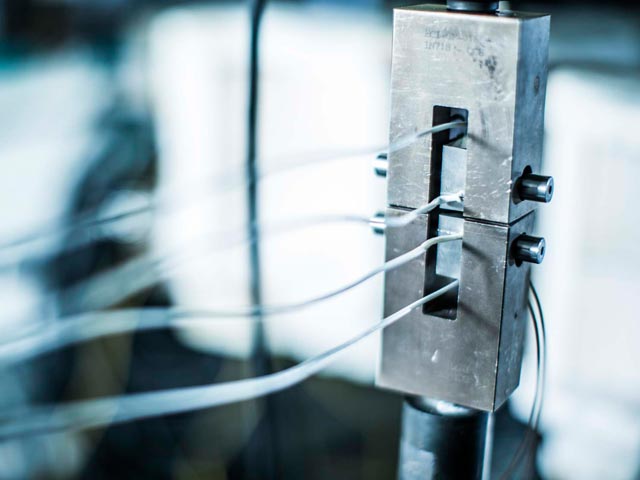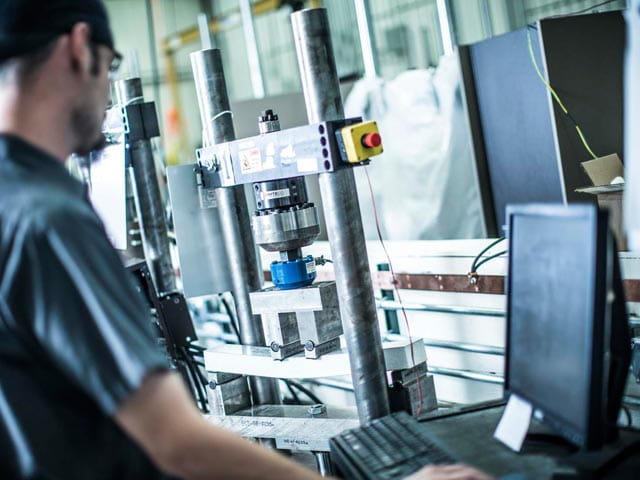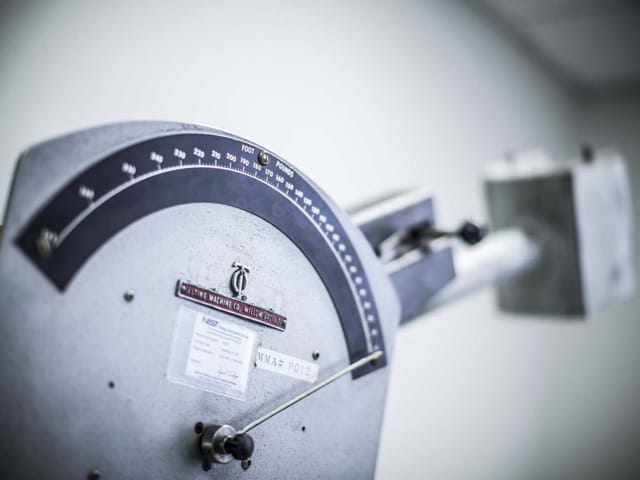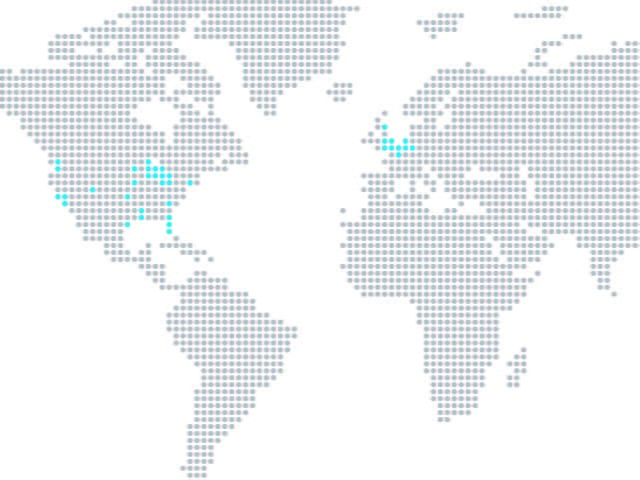Used to determine the fracture characteristics of pipelines and pressure vessels, drop weight tear testing (DWTT) is a critical part of material qualification programs foroil and gasand industrial applications. Our experts help ensure that your materials are fit for purpose in high risk, high pressure situations.
Similar tofracture toughness testing, DWTT measures both the crack initiation and crack propagation characteristics of metallic materials at operating temperatures. By evaluating materials over a range of anticipated thermal conditions, we can help determine how working conditions will affect the strength, longevity and durability of a material.
Performing Drop Weight Tear Testing
Depending on the method used and the goal of testing, DWTT samples can be notched or unnotched samples. The specimen is dropped from a predetermined height, and the mode and extent of fracture is determined. Our experts can also use this data to make determinations about the transition temperature of materials, helping you understand how brittleness and ductility will affect your materials over time.
Our DWTT labs have the latest Data Acquisition Systems (DAS), allowing us to more accurately report energy displacement and better understand how materials are affected by drop weight tear.
Choosing a Fracture Toughness Program
Because of the similarity in procedure and results, DWTT is often performed in conjunction withCharpy impact testing,断裂力学公关ograms, or othermechanical testingmethods. Our experts can help you determine which tests and methods are most appropriate for your samples, helping you get the most out of your products and materials.
Other drop weight testing methods that we offer include:
- Nil ductility
- Drop tower testing (up to 6000 ft/lbs)
- Dynamic tear testing
For more information about our DWTT capabilities, or to request a quote,contact ustoday.
Ready to request a quote?
Our deliverable is certainty - high quality data, test reports and certificates that you can absolutely rely on when making decisions about your materials and compliance. Engage with an expert today.
Our capabilities
Our Materials Testing Services
Abrasion and Wear Testing
Aerospace Fasteners
Aircraft Interiors Flammability Testing
Chemical Analysis
Chemical Processing
Composite Testing
Computed Tomography
Contamination Testing
Corrosion Testing
Die Steel Qualification
Differential Scanning Calorimetry (DSC)
Dynamic Mechanical Analysis
Eddy Current Inspection
Etching
Expert Witness Services
Failure Analysis
Fastener Testing
Fatigue Testing
FEA
Foam Testing
FTIR
Fractography Services
Fracture Toughness
Fuels and Lubricants Testing
Hardness Testing
Impact
Liquid Penetrant Inspection
Magnetic Particle
Material Properties
Mechanical Testing
Metallurgical Testing
NDT Field Services
Nondestructive Testing and Inspection
Nonmetals Failure Analysis
Nonmetal Mechanical Testing
Nonmetal Testing
On-site metallographic examination
Paint and Coating Material Testing Services
Passivation
Polymer Matrix Composite Testing
Polymer Testing Services
Positive Material Identification
Radiographic Inspection
Residual Stress Measurement
Residue Analysis
Sour Service Corrosion Testing
Stress Rupture and Creep Testing
Stress Strain Analysis
Tensile Testing
Thermogravimetric Analysis (TGA)
making certain for nearly 190 years
More from Element

Fracture Mechanics
Find out how Elements fracture mechanics services support the Oil and Gas Upstream sector
Read more

Fatigue Testing
Find out how Element's fatigue testing labs help companies meet quality requirements and create safer, stronger, more successful parts and products.
Read more

Charpy vs. Izod: An Impact Testing Comparison
Both Charpy and Izod impact testing are popular methods of determining impact strength, or toughness, of a material. This article examines the key differences between both methodologies.
Read More

Element Locations
了解更多关于我们的实验室——他们在哪里located; the unique capabilities they have and how they can help you solve your technical and commercial challenges.
FIND A LABORATORY



